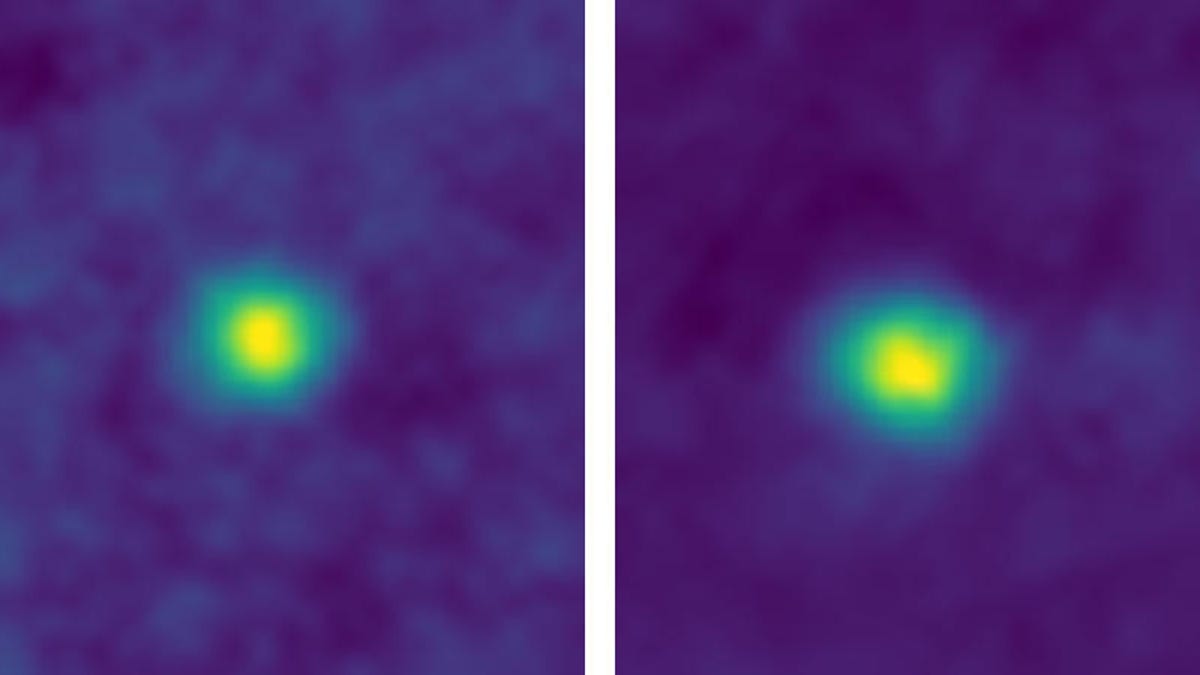NASA spacecraft snaps images from record-breaking distance
NASA's New Horizons probe is making history with its Kuiper Belt images, the farthest images from Earth ever taken by a spacecraft.
These fuzzy images may look like flashlights shining through a foggy window, but they're actually a testament to the willpower of a plucky spacecraft and the people on Earth who sent it on its mission. For now, they're also the farthest images from Earth ever captured by a spacecraft.
NASA's New Horizons spacecraft launched in 2006 and made a splash when it spent some time investigating the weirdness of dwarf planet Pluto in 2015.
The space agency then sent the probe off on a new mission to explore deeper into the Kuiper Belt, an area beyond Neptune's orbit that's filled with fascinating icy formations known as KBOs (Kuiper Belt objects).
New Horizons captured this record-breaking image of the Wishing Well star cluster in December.
New Horizons snapped an image of a star cluster called the "Wishing Well" on Dec. 5, setting a new record for the farthest image ever made by a spacecraft. At 3.79 billion miles (6.12 billion kilometers) away, New Horizons beat out Voyager 1's "Pale Blue Dot" image taken in 1990 from a distance of 3.75 billion miles (6.06 billion kilometers) from Earth.
New Horizons quickly broke its own record with a set of images showing two KBOs, 2012 HZ84 and 2012 HE85. Those are the bright fuzzy spots seen in the false-color pictures above. NASA notes, "They're also the closest-ever images of Kuiper Belt objects."
NASA shared the three images on Thursday.
The spacecraft is currently heading toward KBO 2014 MU69, with a scheduled arrival date of Jan. 1, 2019. From here on out, every image New Horizons sends back will break its previous record.
Scientists are eager to find out what New Horizons makes of MU69. There are some hints it could have an unusual shape and may even consist of two separate bodies.
The probe is currently in hibernation as it continues to fly farther and farther away from its home planet. Even though it's napping, NASA says New Horizons still covers over 700,000 miles (1.1 million kilometers) of space each day. That's quite a journey.
The Smartest Stuff: Innovators are thinking up new ways to make you, and the things around you, smarter.
iHate: CNET looks at how intolerance is taking over the internet.


